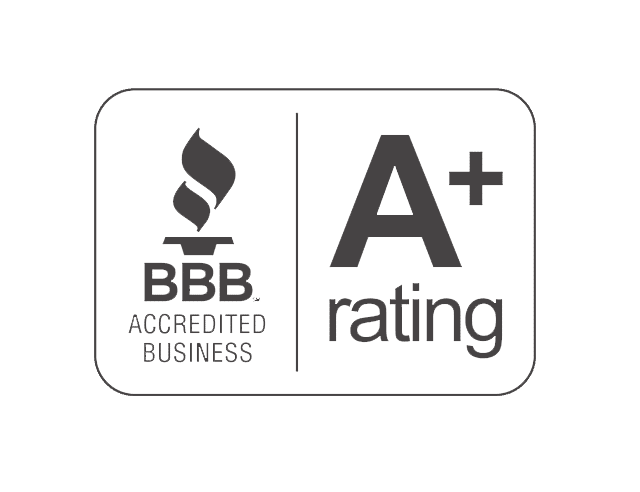Stop IRS Bank Levies & Wage Garnishments Immediately
A tax levy allows the IRS to seize your property, bank accounts, or wages to satisfy a tax debt. An IRS tax lien is a legal claim to your property as security for your debt. These are some of the most stressful and disruptive IRS actions, and our service is designed for a swift and effective lien and levy release. We will act as your advocate with the IRS to get these collection actions stopped, so you can regain control of your assets and income.
What Is an IRS Levy?
An IRS levy is a legal seizure of your property to satisfy a tax debt. The most common types include:
Bank Levy: The IRS can seize funds from your bank account.
Wage Garnishment: The IRS can take a portion of your paycheck directly from your employer.
A levy is a serious enforcement action, and the IRS must send you a final notice of intent to levy before it happens.
What Is an IRS Tax Lien?
An IRS tax lien is the government’s legal claim against your property. It makes it difficult to sell or transfer assets and can severely damage your credit. While a lien does not seize property, it secures the IRS’s interest in it until the debt is paid.
How We Stop a Bank Levy or Wage Garnishment
Time is critical when dealing with a levy. Our professionals will take immediate action by:
Contacting the IRS on your behalf.
Negotiating a resolution such as an Installment Agreement, or placing your account in Currently Not Collectible status.
Submitting the necessary paperwork to get the levy released and your funds or wages returned.
How to Get a Tax Lien Released
A tax lien is typically released when the debt is fully paid. However, in some cases, the IRS may withdraw the lien if you enter into an Installment Agreement or an Offer in Compromise. We will work to ensure your lien is properly released once a resolution is in place, helping to restore your financial standing.

